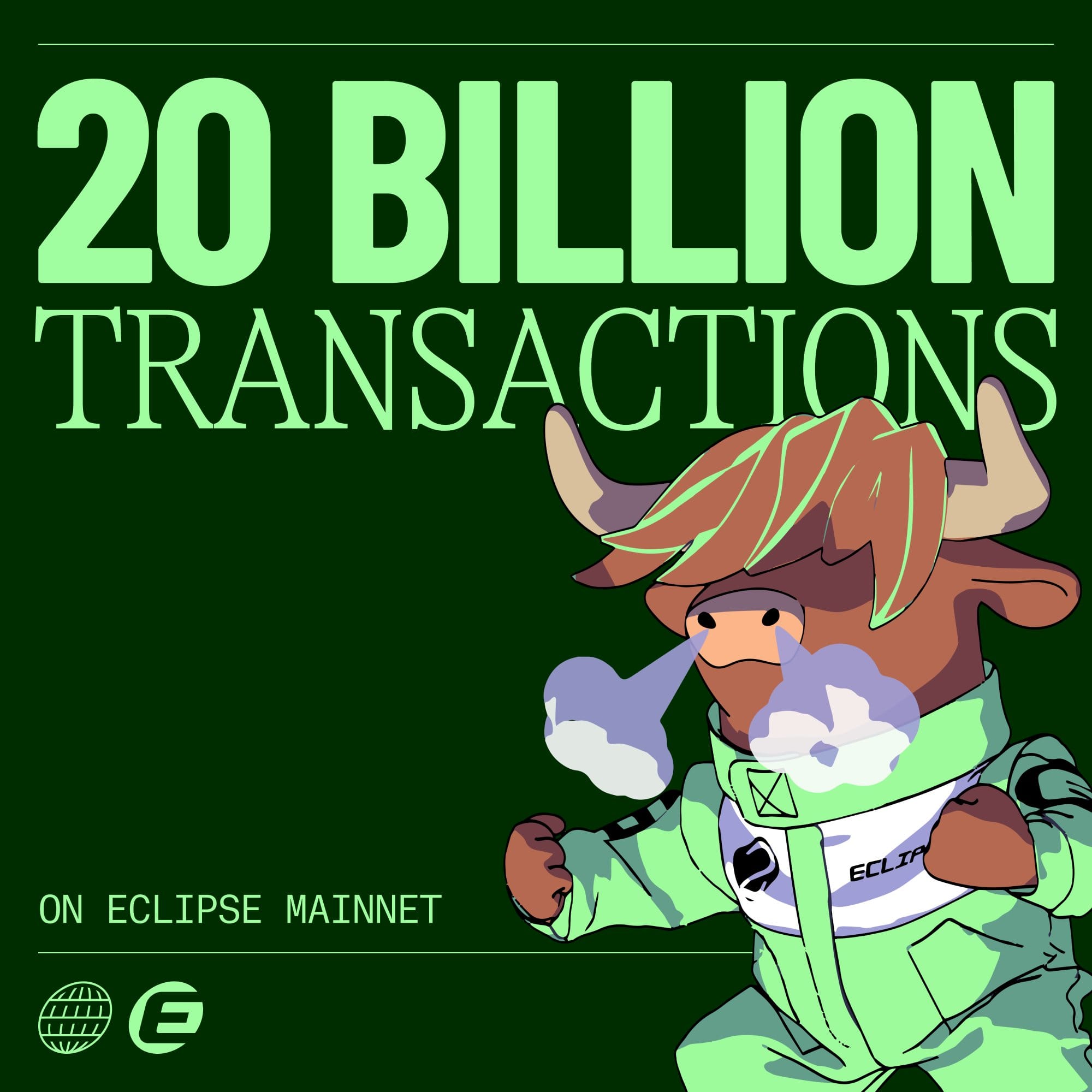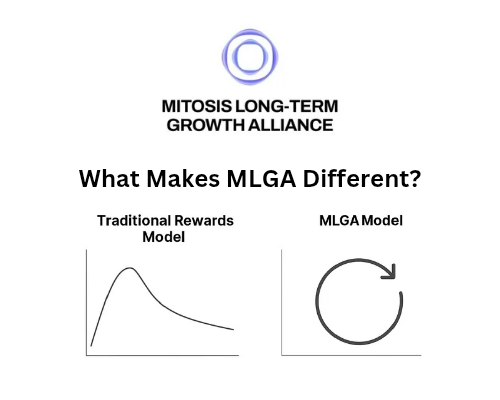Eclipse Blockchain: The Fastest Ethereum Layer 2 with Solana Execution

OVERVIEW
-What is eclipse
-Eclipse vs other Layer 2
-Why eclipse stands out
-Use cases Whete eclipse shines
-Strategic benefits
-Conclusion
INTRODUCTION
As the blockchain ecosystem continues to evolve, developers and users alike demand higher speed, lower fees, and seamless interoperability. Build on Eclipse, a modular Layer 2 (L2) blockchain that merges the best of Solana and Ethereum. This innovative network combines the speed and parallel processing power of the Solana Virtual Machine (SVM) with the security and liquidity of Ethereum, offering a groundbreaking architecture that sets it apart from typical L2s.
What Is Eclipse?
Eclipse is a next-generation, modular Layer 2 chain that uses the Solana Virtual Machine (SVM) as its execution engine while settling on Ethereum. It’s designed to be:
- Fast and scalable like Solana
- Secure and decentralized like Ethereum
- Modular in how it sources each part of the blockchain stack
Its architecture includes:
- Execution Layer: Powered by Solana's SVM, enabling high-throughput and parallel transaction processing
- Settlement Layer: Ethereum serves as the trust anchor, ensuring decentralized security
- Data Availability Layer: Utilizes Celestia, a modular, scalable blockchain optimized for data storage
- Fraud Proofs: Employs RISC Zero, a zero-knowledge-based system for verifying the correctness of state transitions
This layered approach allows Eclipse to break free from the limitations of Ethereum's monolithic L1 and traditional rollups, creating a new performance standard.
Eclipse has completed 20 BILLION txn so far!

Eclipse vs. Other Layer 2s
While rollups like Optimism and Arbitrum rely on the Ethereum Virtual Machine (EVM), Eclipse introduces a fundamentally different model:
| Feature | Eclipse | Optimism / Arbitrum |
|---|---|---|
| Execution | Solana Virtual Machine (parallel, fast) | EVM (sequential) |
| Settlement | Ethereum | Ethereum |
| Data Availability | Celestia | Ethereum or third-party DACs |
| Fraud Proofs | RISC Zero (ZK fraud proofs) | Interactive fraud proofs |
| Developer Focus | SVM-native (with EVM support coming) | EVM-native |
| Architecture | Fully modular | Semi-modular |
This means Eclipse isn’t just another Ethereum scaler but an entirely new execution environment that retains Ethereum’s trust but massively upgrades performance.

Why Eclipse Stands Out
- High-Speed Execution
Solana’s SVM allows parallel transaction execution, unlike Ethereum’s sequential EVM model.
Enables extremely fast throughput ideal for latency-sensitive applications.
- Ethereum-Grade Security
By settling on Ethereum, Eclipse ensures a trustless security model, leveraging Ethereum’s decentralized validators and economic guarantees.
- Modular Scalability
Each layer can evolve indepeundently. For example, if a better data availability layer than Celestia emerges, Eclipse can integrate it without overhauling the system.
- Developer Ecosystem Flexibility
Initially designed for SVM-based apps (e.g., Solana-native dApps), but is expanding to support EVM developers.
This creates a bridge between two of the biggest smart contract developer ecosystems.
Use Cases Where Eclipse Shines
Thanks to its unique architecture, Eclipse is perfect for:
High-Frequency DeFi
Order book DEXes, perpetuals, real-time arbitrage
Solana-like speed with Ethereum assets
On-chain Gaming
Games requiring instant, repeated state updates
Ideal for turn-based and real-time strategy games
NFT and Creator Platforms
Fast minting and trading with low gas fees
Perfect for micro-transactions and digital collectibles
Social and Consumer dApps
Decentralized social networks, tipping systems, chat apps
Smooth user experience with sub-second interactions
Layer 3 and Rollup Infrastructure
Developers can build L3s or app-specific rollups on Eclipse’s scalable SVM base

Crazy eclipse STATS
• 21.9B transactions
• 1.1M wallets
• 1215 ETH in fees
• Avg txn fee $0.000141
Strategic Benefits
Solana-Like Performance without Solana’s validator set or economic model
Ethereum Compatibility and liquidity, enabling asset bridging and ecosystem integration
Modular Flexibility allowing for future-proof innovation
Backed by strong research and zk-proof systems for fraud detection

Eclipse is still in its early stages but is gaining attention for its bold reimagining of Layer 2. The team is building out EVM compatibility, broader developer tools, and deeper ecosystem integrations. As it matures, it has the potential to:
Displace performance-limited rollups
Enable previously impossible dApps
Serve as the base layer for modular blockchain stacks

CONCLUSION
Eclipse isn’t just another Ethereum L2, it’s a modular execution layer revolution. By combining Solana’s speed with Ethereum’s security and the flexibility of a modular stack, Eclipse is laying the groundwork for the next generation of blockchain applications.
For developers, builders, and users looking for a chain that can handle true scale without sacrificing decentralization, Eclipse is a gem worth watching.
ECLIPSE IS COMING


Comments ()